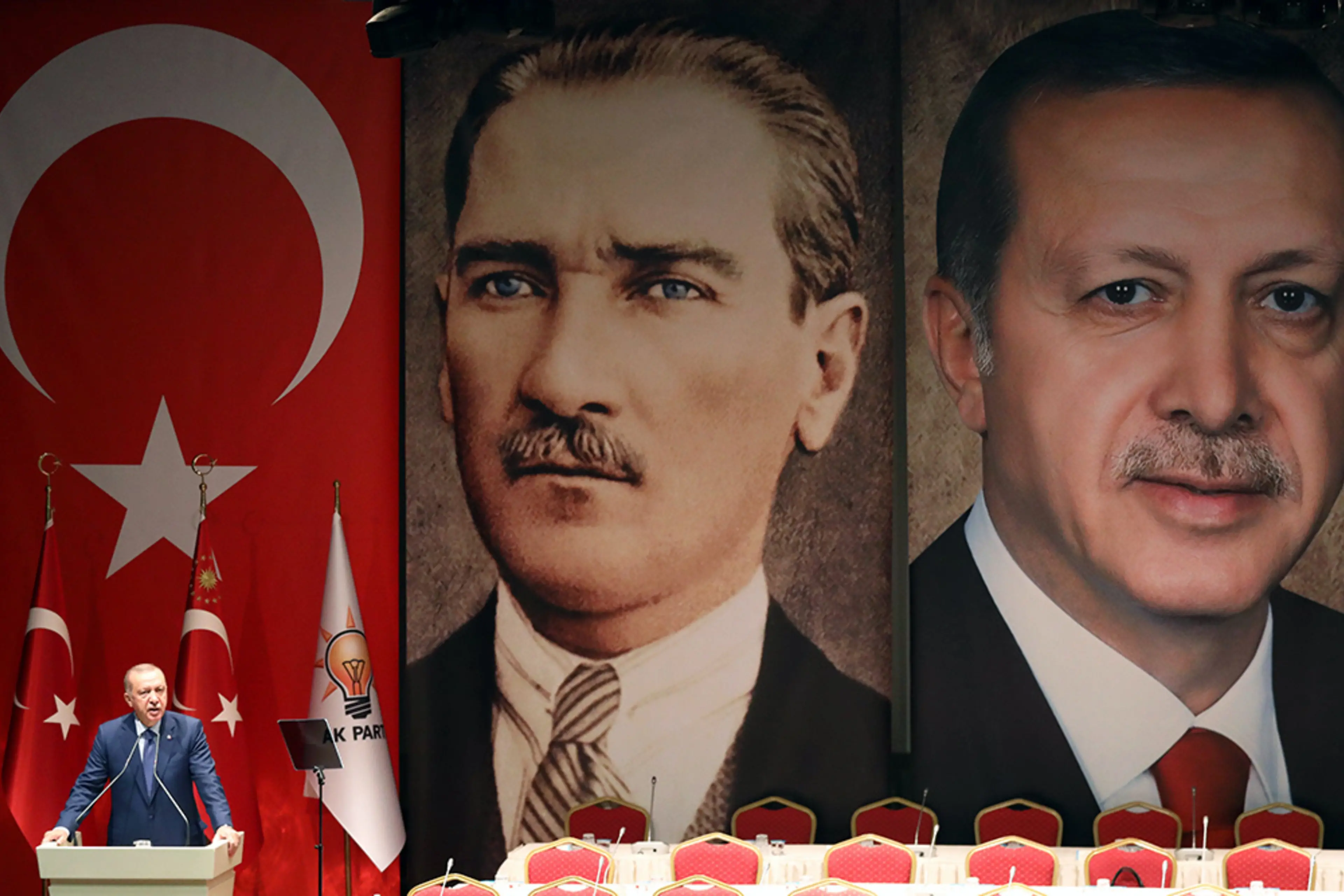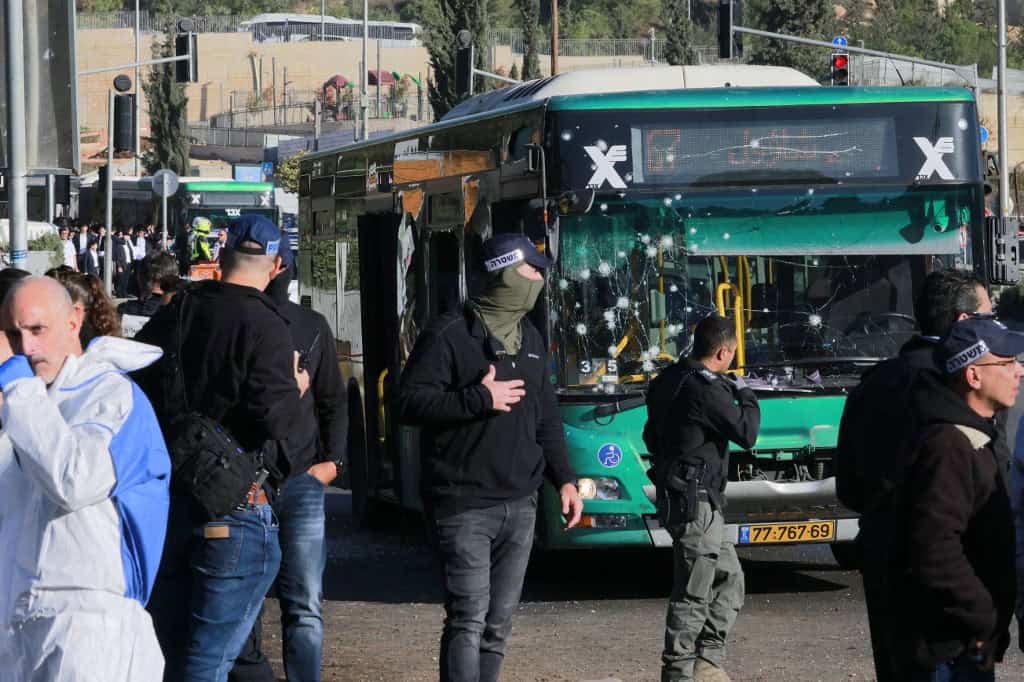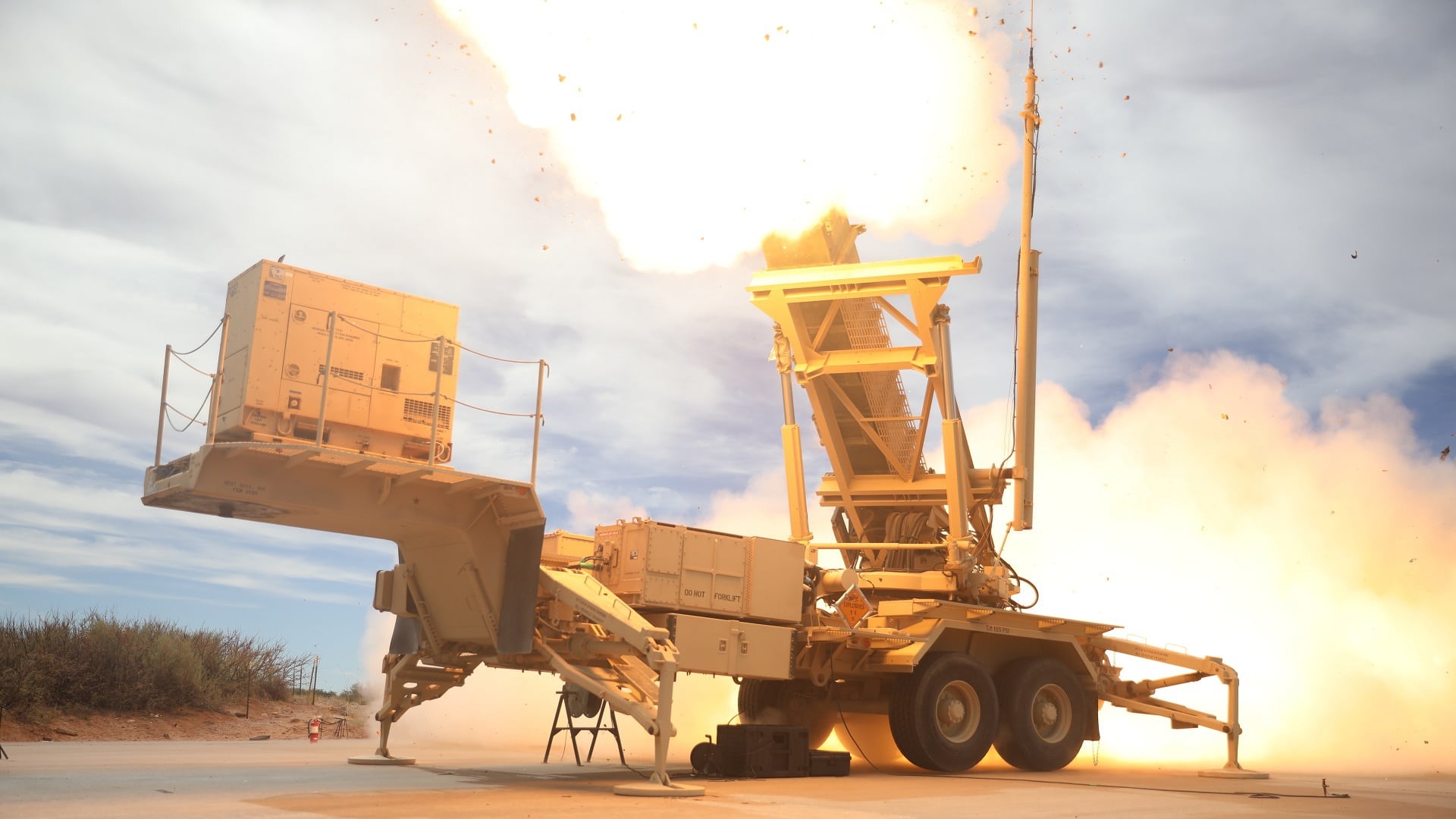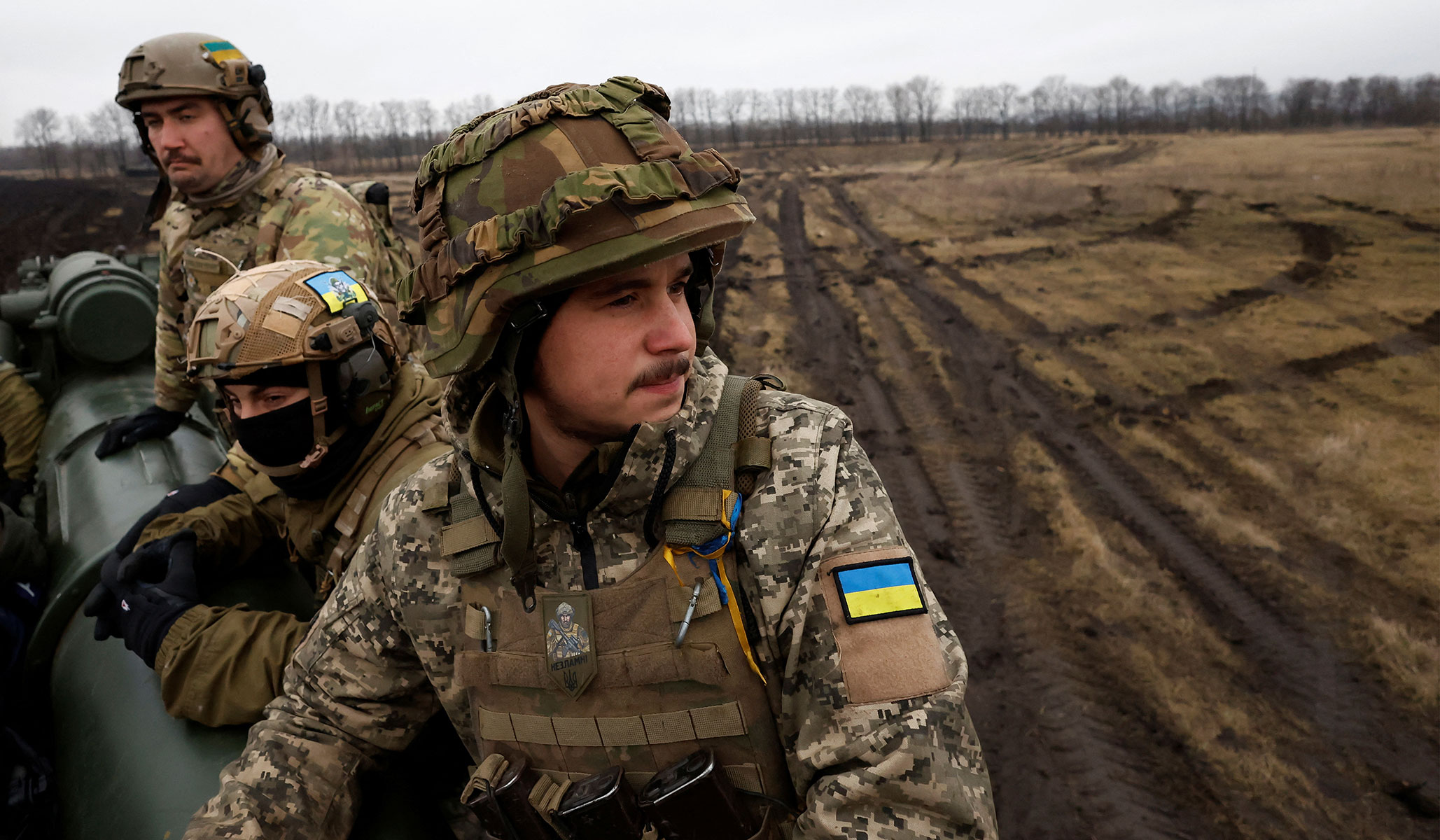Ethan Kessler

China’s threat to take Taiwan by force looks more credible by the day as Beijing’s military power grows. The U.S. is taking the lead in response. But that needs to change if Taiwan wants to secure itself from invasion.
China’s Communist Party promised in 1949 to absorb Taiwan, where the Chinese Nationalists had fled in defeat. For most of the seven decades since, China’s lackluster military capabilities meant it couldn’t enforce the claim. That has changed. Following years of increased military spending and modernization, China is gaining the capacity to blockade and even invade Taiwan. From 2012 to 2021, Beijing nearly doubled its military spending to about $210 billion a year, according to a recent Pentagon estimate. This increased spending has bought enhanced air, naval, missile and amphibious-assault capabilities.
In response, Washington wants to make Taiwan more defensible. The National Defense Authorization Act, which President Biden signed last Friday, provides $10 billion in new security assistance to Taiwan over the next five years. And like the Trump administration, the Biden administration has pressed Taipei to steer its arms purchases and force structure toward an asymmetric defense strategy aimed at offsetting Taiwan’s weaknesses with relatively cheap, easily distributed weapons.



:quality(70)/cloudfront-us-east-1.images.arcpublishing.com/archetype/T2H62V6BKFHJZGBBAOJADH2I4Q.jpg)










